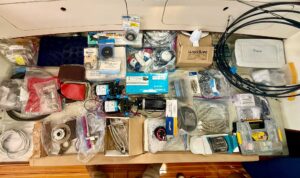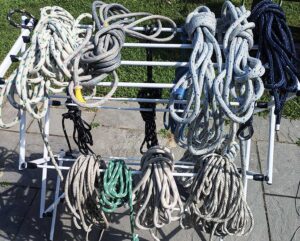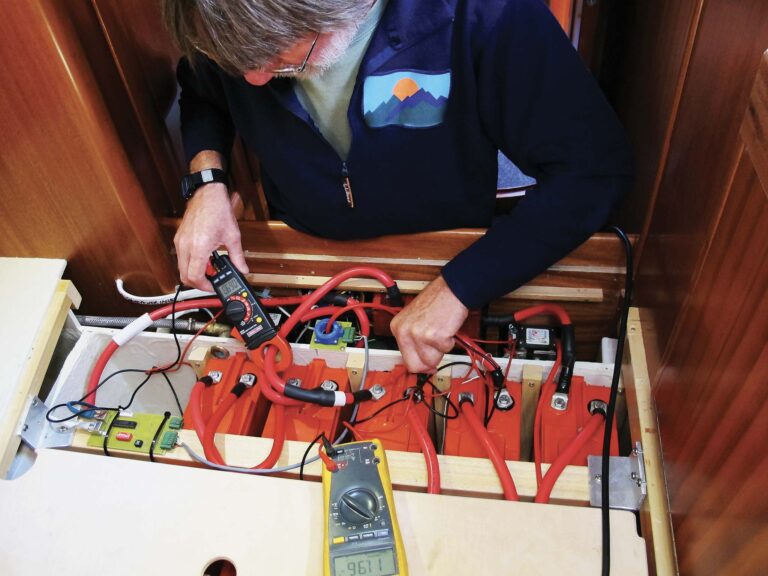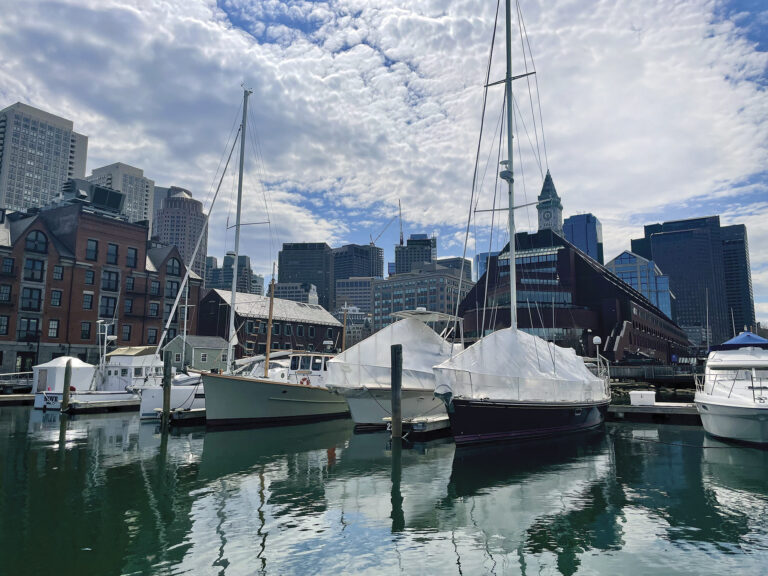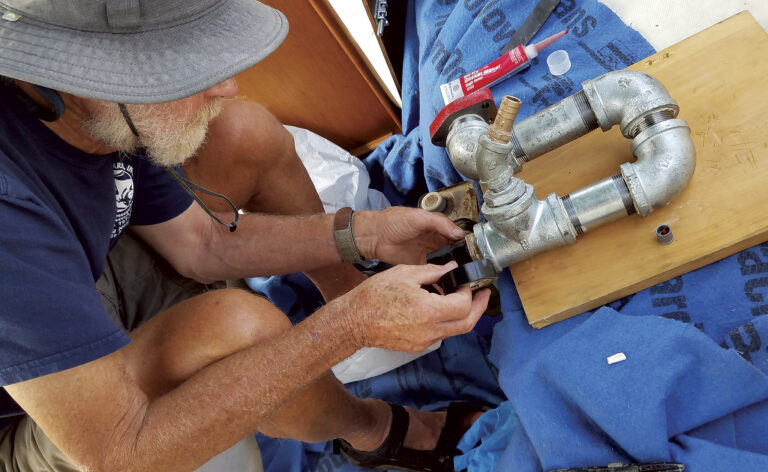TIME TO BUY NEW SAILS?
Q: I have a very old set of Dacron sails on my Catalina. Friends have told me I should have them replaced because it will make my boat sail better. But quite frankly, I’d prefer not to spend the money on sails that seem plenty sturdy enough for the kind of sailing I do, which is mostly daysailing with the occasional overnight. To tell the truth, I also kind of like the way they are much easier to work with than stiff, new Dacron. How can I determine if my sails are still up to the task aerodynamically? How can I make sure they are, in fact, sturdy enough to keep using?
Cabot Franklin, Aurora, OH
BRIAN HANCOCK REPLIES
There is a saying I like to use and it goes like this: you measure the life of a sail by the length of time it holds its shape, not by how long it holds together. In other words, when the shape is shot the sail is shot. That said, your sails are probably fine for the type of sailing you do. You are not racing, and cruisers usually avoid sailing upwind, which is where you will experience the most difference.
What I suggest you do is this. Sail upwind with the mainsail and the headsail trimmed for a beat. Lay on the deck in the middle of the foot of the headsail and take a photo of the sail looking up toward the head. Do the same for the mainsail, and then print out each photo. If you have draft stripes this will be easier, but in any case, what you want to do is visualize a line running across the sail from luff to leech. This will help you to see where the maximum draft in the sail is. For the headsail it should be around 30 to 35 percent aft from the luff. For the mainsail, the maximum draft should be around 45 to 50 percent aft. If your sail is not in that range, then the shape is not great. It will usually be farther back as the fabric ages and stretches, and the maximum draft sags.
As far as durability is concerned, I am fairly sure even without looking at the sail that the fabric itself is fine. It’s the stitching that wears out first, so take a look there. If the thread is chafed or worn, the sail will not be good for any kind of extended voyaging. If you are concerned about either the stitching or the sail shape, take the sails into your local sailmaker and have him add a row or two of stitching (over the old stitching).
He can also recut the sail to improve its shape. This is usually done by re-cutting the luff curve.
Got a question for our experts? Send it to sailmail@sailmagazine.com
June 2016


